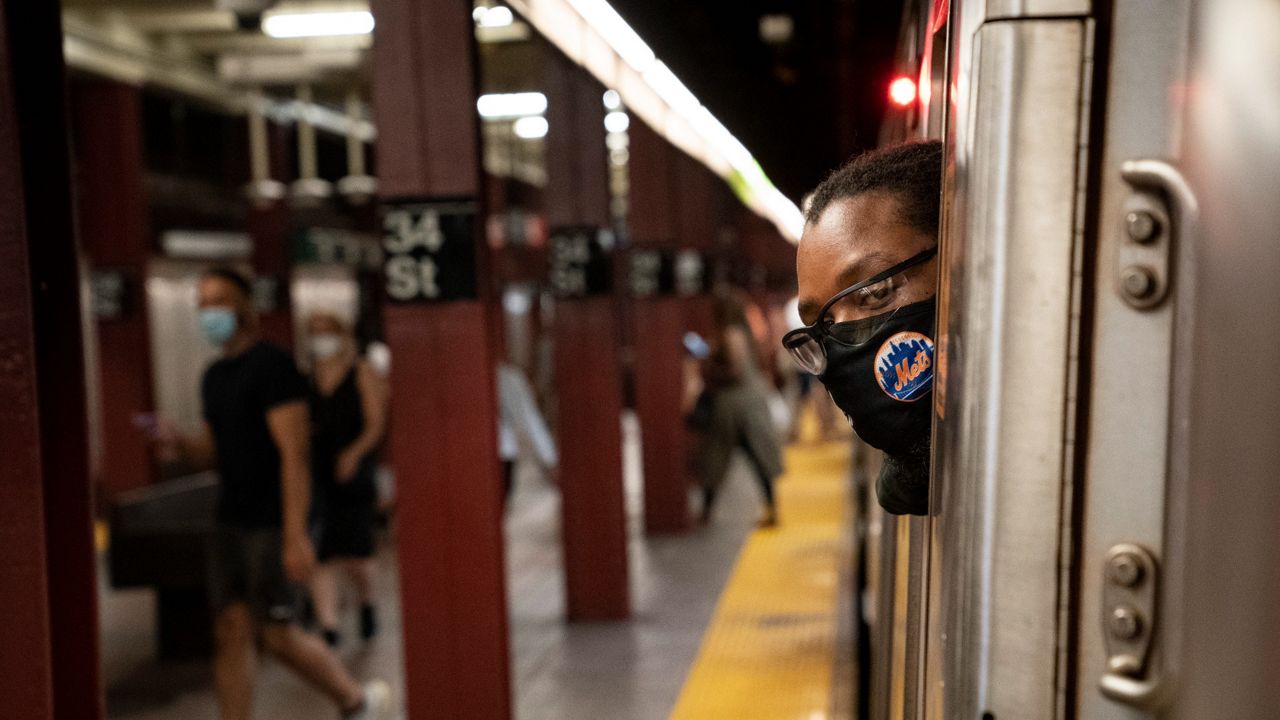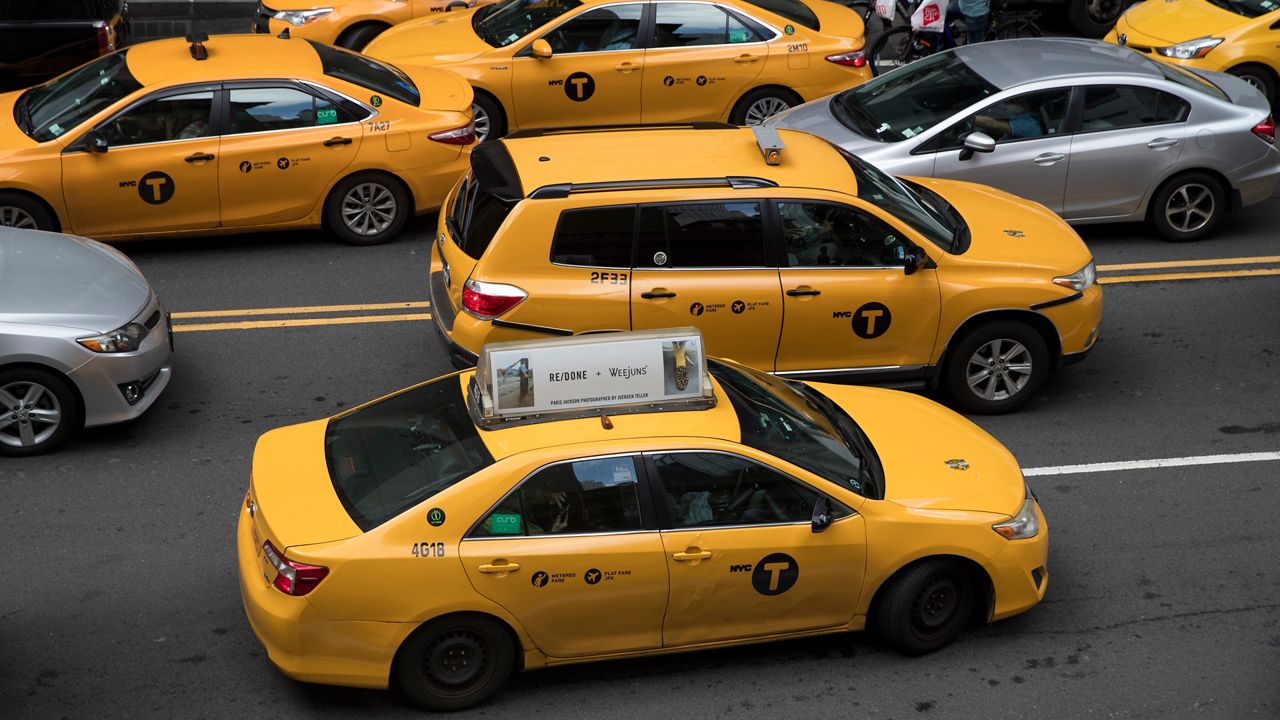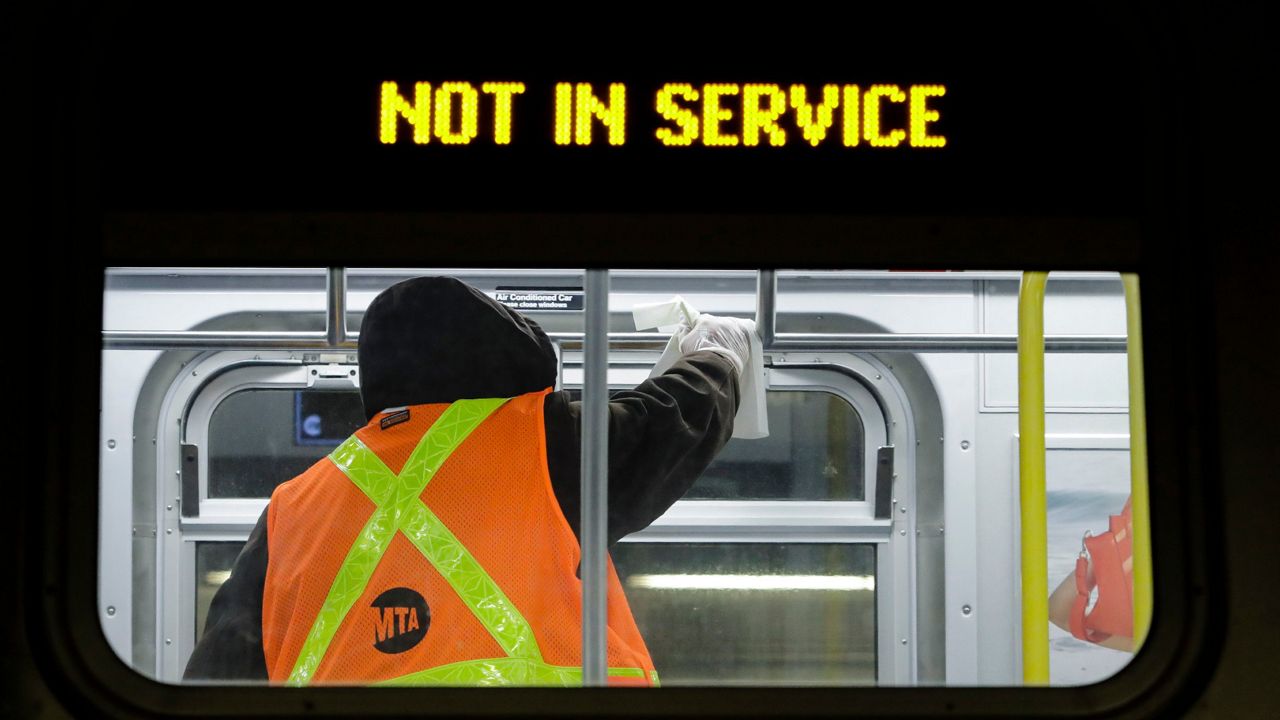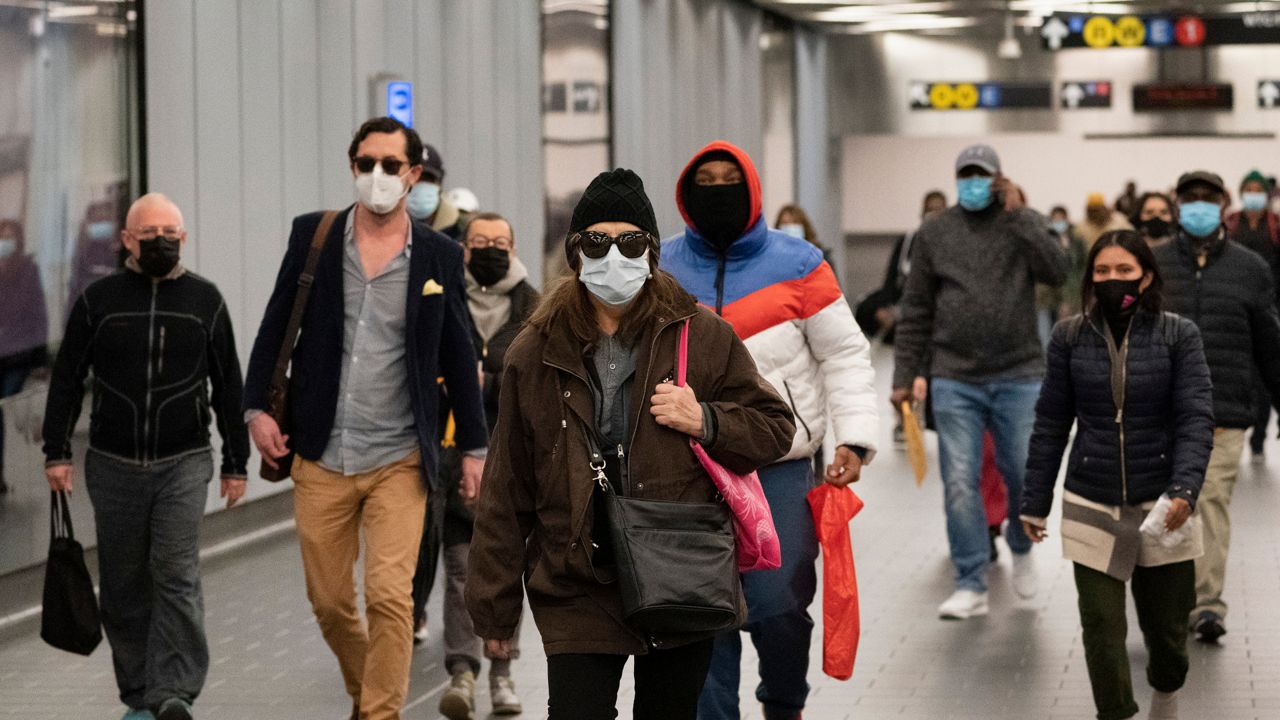Dorothy Leconte has been a yellow cab driver since the 1980s. She brings her taxi to Columbus Circle on an August afternoon to meet with me, even though she says she hasn’t been working since March.
“I haven’t come back to work yet,” Leconte says. “Because there’s no job in the city.”
- Part 2: The Slow Return for New York City’s Livery Cab and E-Hail Drivers
- Part 3: NYC’s Streets Are More Open — and Taxi and For-Hire Vehicle Drivers Worry They're Gutting Their Work
A long line of taxis and hardly any passengers.
As soon as COVID-19 arrived in New York and the city went into lockdown, the number of taxi trips plummeted and many drivers decided to stay home.
What You Need To Know
- Only one in four yellow cabs was operating by late June
- Without tourists, theatergoers, and business people, cabbies can’t find many passengers
- The yellow cab sector was already in deep trouble before the pandemic
- TLC chair: the city will have to be creative in order to save the sector
According to a recent report of the Taxi and Limousine Commission (TLC), yellow cabs operating in New York City went from 11,435 in January to a low point of 2,193 at the height of the pandemic in April.
By late June, that number had slightly increased, to 2,965, or one in four.

Industry-wide, working drivers saw their earnings reduced to less than half.
“A job that I used to work and make $600 to $700 a day, drop off to $50 a day, for nine hours, I’m not even making $10 an hour,” says Leconte, who owns a yellow cab medallion.
The strength of the yellow cab sector of the taxi industry came from the monopoly of hail pickups below 96th Street in Manhattan. Now, without tourists, theatergoers, or business people, that advantage might become its curse.
“Very dark situation, very, very dark situation,” says Mohammed Mahbub, another yellow cab driver and medallion owner..
This sector of the taxi industry was already in deep crisis before the pandemic. The price of the medallion — once a safe and profitable asset — went in a few years from close to $1 million to less than $200,000, leaving many drivers in debt.

Despair led to a string of suicides.
“We need debt relief, we don’t want suicide anymore. Already 11 taxi — more than 11 taxi driver suicide. They can’t take it. They can’t bear it,” Mahbub says.
Some type of bailout had been suggested before the pandemic, a possibility shot down by the mayor a couple of weeks ago.
“It’s the dying section of the industry, yes,” Mahbub says, hoping for city and state help to save the business.
The Taxi and Limousine Commission has been helping some drivers to get some temporary reprieve from banks. Its chair, Aloysee Heredia Jarmoszuk, thinks the city will have to find creative ways to save the sector.
I asked her whether she thought this is the end for the iconic yellow cab in New York City.
“Absolutely not,” she responds, “can you imagine a New York City without yellow cabs? I cannot. And, absolutely, I would never allow that to happen under my watch.”
For the drivers, however, the future seems more uncertain than ever.
“I don’t know, I don’t know what I’m going to do,” Leconte says. “I swear I don’t know what I’m going to do.”
------
Did you know you can now watch, read and stay informed with NY1 wherever and whenever you want? Get the new Spectrum News app here.
------
Main story file image: Mary Altaffer/AP.
------
Looking for an easy way to learn about the issues affecting New York City?
Listen to our "Off Topic/On Politics" podcast: Apple Podcasts | Google Play | Spotify | iHeartRadio | Stitcher | RSS
-----
Further Coronavirus Coverage
What to Do If You Test Positive for COVID-19
Who Will Get a Coronavirus Vaccine First — And Who Decides?
How Hospitals Protect Against the Spread of Coronavirus
Coronavirus Likely Spreads Without Symptoms
Coronavirus: The Fight to Breathe
Experts Say Masks Are Still a Must
The Race for a Coronavirus Vaccine
The U.S. May Face a Second Wave of Coronavirus Infections
Cuomo Granted Broad New Powers as New York Tackles Coronavirus









